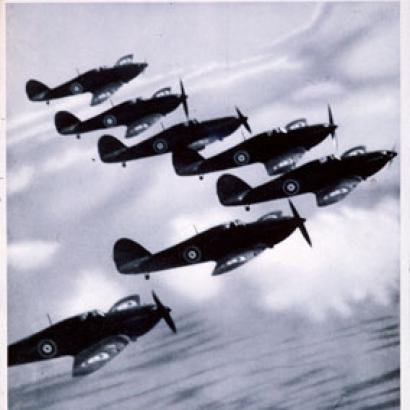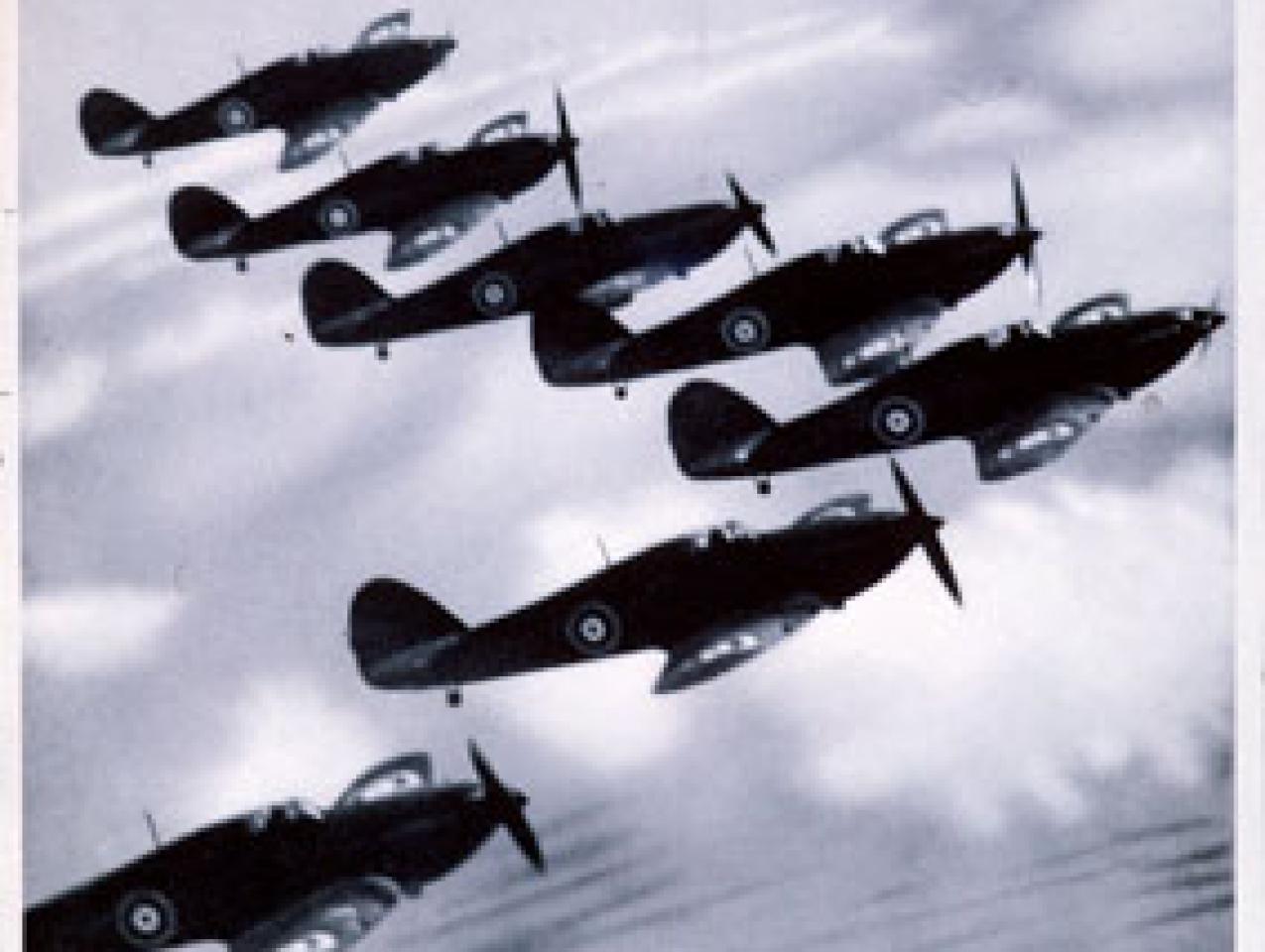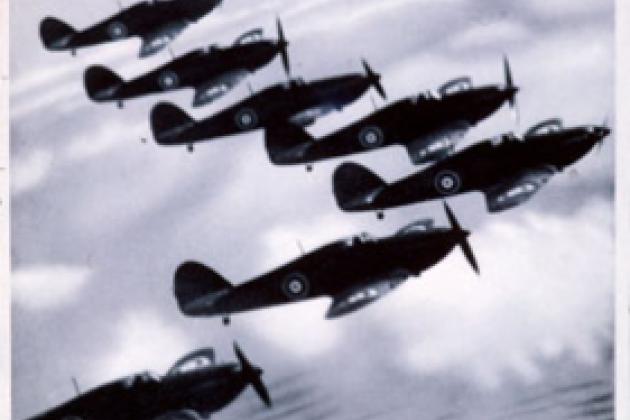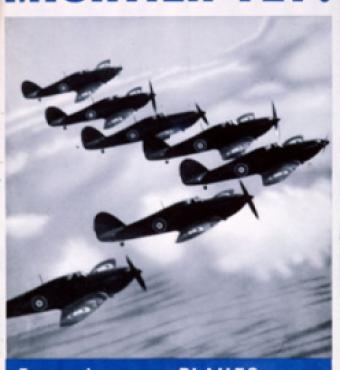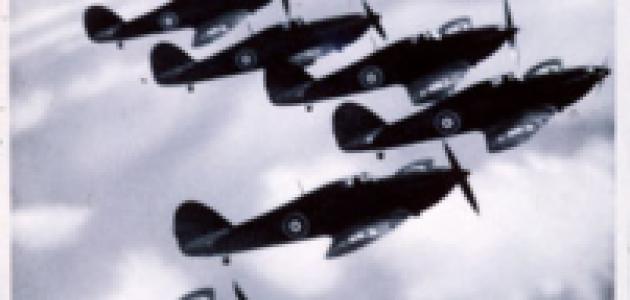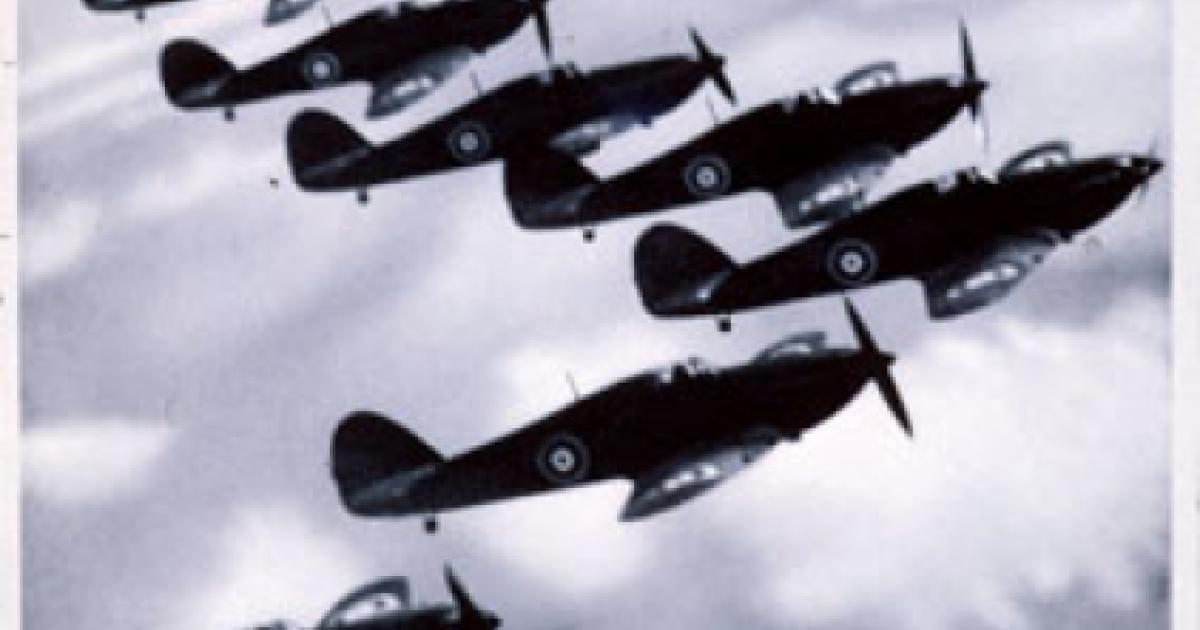
“Britannia’s 19 Ships Can’t Rule a Single Wave” was a recent headline in London’s Sunday Times. “France To Cut 34,000 Military Personnel Under A Proposed Six-Year Defence Budget” ran a Reuters headline in August. “In Medium Term, German Defence Budget Will Decline to 32.5 Billion Euros by 2015/16” ran another last November. “UK Armed Forces Smallest Since the Napoleonic Wars” reports London’s Daily Telegraph. Meanwhile the NATO “rule” that every member country spends at least 2% of its GDP on defence is now recognized more in the breach than the observance, with Germany running at roughly 1.5%, Italy at 1.2%, and Spain less than 1%. Yet taken as a whole, the European Union has a GDP that outstrips either China or the United States. Never in the field of human conflict avoidance has so little been given by so many for so much.
The Decline of Europe’s Military Might
With the United States spending over 4.2% of her GDP on defence–there are any amount of ways the numbers can be presented, so it’s not impossible to get the figure up to nearly 5%–what becomes very clear is that NATO is something of a European racket. The nuclear umbrella that the U.S. threw over NATO countries under Article Five of its constitution–which states that an attack on one is an attack on all–back in the late 1940s has now become a financial umbrella too, protecting Western European countries from having to stump up properly for their defence to anything like the degree that they would have to if there were no such thing as the USA. President Obama has rightly said–and it’s very rare I ever start a sentence with those five words–that it’s high time that Europe becomes an overall “provider” rather than just a “consumer” of security.
A glance at the past shows that at 2.5% of GDP, British defence spending is now at its lowest since 1931, when it was at 2.1% under the so-called “Ten Year Rule” which weirdly stated that the nation wouldn’t be at war within ten years. Fast-forward a decade from 1931 in British history and you’ll appreciate how moronic that rule was. Fortunately, after World War II Britain didn’t take refuge under the umbrella held out by America. She spent an average of 9% per annum of her GDP on defence in the 1950s, with the Korean War and the Suez Crisis, and over 4% during the Cold War in the Sixties, Seventies, and Eighties, where she could just about look the United States in the eye on spending levels.
The rot set in after the fall of Margaret Thatcher, when the demand for a “peace dividend” in the 1990s brought the figure down to 3.5%. Yet even that was better than the 2.5% average seen since the year 2000. In recent years, British defence cuts have been so savage that the United Kingdom National Defence Association (UKNDA), a group of very distinguished former admirals, generals, and air chief marshals, has warned that the British Government “have reduced our armed forces personnel and equipment to the lowest levels in living memory.” Key capabilities such as Maritime Patrol Aircraft, Theatre Missile Defence, and Carrier-Based Air have been axed altogether. In terms of personnel numbers (including reserves), the most recent IISS publication “The Military Balance” shows Britain as possessing the world’s 31st largest armed forces, behind Spain and Argentina. From being the 4th largest in the world in terms of absolute military spending, Britain is set to slip to 6th by 2017. Britain, which depends on keeping her sea-lanes open for survival in any conflict, has to spend more than most countries simply because she’s an overcrowded island unable to feed her own population from national stocks and agriculture. Yet successive Governments slash defence because it has no political clout in the way that the National Health Service or the public sector unions do.
Vestigial memories of quite how good the Germans are at warfare kept Western policy-makers perfectly happy about their under-performing in terms of numbers and spending until the 1970s: no one wanted to see an autonomously strong German military in the centre of the European continent again, least of all the Germans. They have been model NATO members in many ways–except that today’s spending of around 1.5% of GDP on defence is a wholly pathetic contribution to an alliance that underpins their security as much any anyone else’s. German pacifism of the Sixties has given way to extreme financial hard-headedness, as the German economy struggles to keep much of the rest of Europe, and its euro currency, above water.
German politics–which is presently dominated by issues such as the proposal to give every one-year-old a place at a taxpayer-funded crèche–is so antipathetic towards higher defence spending that it’s a sure-fire vote loser even to propose it. The Germans have long been effectively blackmailing the United States into continuing to provide their security on the cheap. It is now a long-standing, much-loved tradition that every retiring NATO secretary-general delivers a farewell speech in which he says that European countries need to spend more on defence, but frankly until the United States starts to make credible threats there’s simply no incentive whatever for Europeans to become net providers of security as opposed to inveterate, addicted consumers of it.
France’s history of treating NATO like a revolving door got her special dispensations for decades, but she does at least top the 2% of GDP minimum expected of NATO members, though at 2.2% hardly by much. The French have also been encouragingly proactive in Libya, Mali, and now Syria (the last two of which were former French colonies). Unlike in most Western countries, there’s hardly any overlap in France between socialist domestic politics and pacifist internationalist ones. Their nuclear deterrent (the splendidly-named force de frappe) has broad cross-party support, and the left-wing Hollande Government seems just as committed to liberal interventionism as was Sarkozy’s. Yet 2.2% of GDP is hardly going to see the resurrection of the Grande Armée; the latest French strategic review, examining the country’s defence priorities for the 2014-19 period, anticipates a 12% cut in defence ministry staff, a severe slowing of the pace at which the air force takes delivery of Rafaele jets from Dassault Aviation, and a freezing of the budget for the next three years at 31.4 billion euros, the same as for this fiscal year.
So is it all doom and gloom for the future of European defence capabilities? “Yes, but” is probably the best answer. The good news is that the Eurozone financial crisis must surely come to an end sometime, perhaps with some countries getting ejected from the system, which would bring some financial relief to France and Germany. More good news is that Mr. Obama’s repeated interest in “rebalancing” American interests towards the Pacific Rim might scare European finance ministers into appreciating that the American umbrella might not always be there forever, or at least not to the same ultra-generous degree as before. French willingness to get involved in her former colonies has already proved helpful in Mali in the War against Terror, and might well be so again. At least Britain does have the UKNDA putting out hard-hitting and well-sourced memoranda that are picked up and generally supported in the media. As memories of the Second World War–which, after all, ended over 68 years ago–fade, the Germans might become more willing to flex their military muscles in a more self-confident way. Similarly, Vladimir Putin’s strategic ambitions, aggression towards Georgia and occasionally the Ukraine, naval building programme and general sabre-rattling (Russia’s military budget increased by 25% in 2012/13!) might encourage Europeans to spend more. Thin gruel in terms of reasons to be cheerful, admittedly, but it’s not quite Munich 1938.
Another positive phenomenon is Poland, whose military budget has grown by 7% this year, placing it higher than Italy, Germany, and Spain in terms of percentage of GDP spent. The Poles are buying a new missile defence system, new ships, better tanks, military training aircraft, 70 helicopters, some unmanned aerial vehicles, and better equipment for their infantry. Their charismatic foreign minister, Radek Sikorski, who the West should hope will one day be prime minister, has described Poland’s relations with Russia as “pragmatic but brittle” and war in Europe as “imaginable,” considering Putin’s unpredictability and past behavior. (The last set of Russian military manoeuvers simulated full-scale assaults on Poland and the Baltic states.) If some of the other European countries also increased their budgets by 7%, NATO would not be in its present financial crisis.
The countries of the world that are significantly increasing their military spending–Russia, China, India, Japan, Brazil, the Gulf States–are putting short-term fiscal priorities to one side in order to pursue capabilities that clearly aren’t obsolete in our still-dangerous world, one where threats have historically tended to appear suddenly and without warning. It is hard to think of historical parallels for a great conglomeration of trading nations such as Europe which for decades piggy-backs off an ally without any ultimately negative result.
Is it too much to hope for the day when an American president who understands brinksmanship visits NATO headquarters in Belgium, looks the Europeans in the eyes, and says: “Please could everyone from countries not spending at least 2.5% of its GDP on defence kindly leave the room, and not come back till they are. In the meantime, as far as America’s concerned, Article Five only covers those of us who remain.”







